SummaryAirport Rating N/A Reception of locals **** Cost: £££
Gorgeous GijonGijon is comfortably one of the most undercover and underrated cities in Spain. We hear so often about Madrid, Barcelona, Valencia, Seville, and even in the north we hear more about Bilbao, San Sebastian and Oviedo. But Gijon doesn't seem to get that much attention. To some extent I can understand why. Firstly, I can barely pronounce the name (hee-hon) and secondly, Gijon is a heavily industrial city and for most of the 20th century the city focused on steel and naval production. Then when you consider the history of nearby Oviedo, the beauty of Santander, and the cultural might of the Basque cities, it can be easy to overlook Gijon. But that's a mistake. For me, Gijon is one of the most interesting cities I have visited in Spain and it has become one of my favourite. I'll be honest, perhaps now that I'm comfortably in my thirties, my tastes are changing. 10 years ago, the energy of Barcelona, Valencia, Marbella and those party islands was exactly what I needed. Today, I like diversity in trips, and Gijon provided me exactly that. The city's history traces back to Roman times when it was known as Gigia, and throughout the centuries, it evolved from a fishing village into a bustling maritime port. This historical journey is vividly visible in Gijon's old town, characterised by cobbled streets and well-preserved architecture that tells the story of its past as a thriving maritime and industrial hub. Museums like the Museo Evaristo Valle house a wide range of art, while the San Pedro church, a beautiful Romanesque structure dating back to the 13th century, offers a glimpse into the city's religious history. Cimadevilla, the historic district, presents a labyrinth of narrow streets, bustling squares, and colourful facades, preserving the essence of a bygone era. Gijon's natural beauty is becoming a major draw, with pristine beaches lining the Bay of Biscay. San Lorenzo Beach, in particular, is an iconic stretch of sand that invites sunbathers, swimmers, and water sports enthusiasts. Nearby cliffs of Cerro de Sta Catalina provide panoramic views of the coastline, offering a serene escape into nature. Asturian cuisine dominates Gijon and is starting to find an audience abroad too with traditional dishes like fabada (an insane bean stew), fresh seafood, and (although I do not support alcohol consumption, but you do you) a unique drinking culture based around cider and the special way of capturing the flavour through pouring it from a great height. Additionally, Gijón's proximity to the stunning Asturian countryside and the Picos de Europa National Park makes it a gateway to outdoor adventures, from hiking and biking to exploring charming nearby villages. Beautiful beachesLet's start with the beach, something I'm not so big on, but I know many readers (especially from the UK) are. San Lorenzo Beach, also known as Playa de San Lorenzo, is one of the most popular and iconic beaches in Gijon, and it seemed to be a central feature of life there during my trip. San Lorenzo Beach is situated right in the heart of Gijon, stretching along the city's waterfront. The convenient location means it's easily accessible, whether you're staying in the city or just visiting for the day. As far as city beaches go, it looks spectacular, especially when viewed from a height. Looking down the beach from a friend's flat took me back to the views I had of the Copacabana in Rio, it really is that good (but then again, I'm not a huge beach person so who I am to judge). The beach is about 1.5km in length, making it one of the longest urban beaches in northern Spain. This ample expanse of sand provides plenty of space for sunbathers, walkers, and beach games. It is set against a backdrop of stunning cliffs, lush greenery, and the cityscape of Gijon, creating a captivating blend of nature and urban life. The cliffs to the west of the beach are known as the "Cerro de Sta Catalina" and offer panoramic views of the coast. A picturesque promenade, known as the Paseo de San Lorenzo, runs along the entire length of the beach. This promenade is perfect for leisurely strolls, jogging, or cycling while taking in the sea views. In the evening, there are singers and performers on the promenade and the late summer warmth I felt here was very relaxing and I could have sat on a bench on that promenade for hours watching the city go by (in fact, I might have been there for an hour). San Lorenzo Beach is also a hub for water sports enthusiasts. Surfing is particularly popular here, thanks to the consistent Atlantic swells that create excellent surfing conditions. You'll often see surfers catching waves, and there are surf schools in the vicinity for beginners. Obligatory old townBordering the beach is the beautiful old town of Gijon, known as the "Cimadevilla." It is characterised by its labyrinthine streets, narrow alleys, and quaint squares - as most old towns in the country are. In fact, every city in this part of the world seems to have an obligatory old town. You have old houses, restaurants, souvenir shops and beautiful cobblestone streets, adorned with colourful facades of traditional Asturian buildings. One of the most iconic landmarks in Gijon's old town is the San Pedro church, a Romanesque building that dates back to the 13th century. One of the central squares in the old town is Plaza Mayor, which serves as a hub for social gatherings, cultural events, and local festivals. This square is surrounded by charming buildings and is often bustling with activity, especially during evenings when it comes alive with people heading into the streets for their evening socialising. During my visit there was a pretty loud concert going on - as there seemed to be in every city that I visited on the northern coast of Spain. The good thing about the old town is that while it retains its historic character, it has adapted to the needs and desires of the modern world. The area hosts various cultural events, including concerts, art exhibitions, and traditional festivals, ensuring that it remains a lively and dynamic part of the city. It means it isn't just a museum like area built for tourists, but actually it is a functional part of the city built and used for living. It borders onto the main shopping district of Gijon which is surprisingly beautiful. There are several streets of stores - both high-end and chain - and it really brings together the old and new of the city. The area is a great place to hang out and it's one of the more seamless transitions I have seen from an old town into a modern city. Heading a little further out the city is Estadio Molinón, home of Sporting Gijon and one of the oldest football stadiums in Spain - you know I can't go an article without mentioning a football stadium. The stadium isn't particularly big or impressive, but it has the quality many modern stadiums are missing - uniqueness. The stadium perimeter provides room for your usual club shops, but also restaurants, bars, and even a large supermarket. In terms of its design, it's certainly one of the more unique stadiums that I have visited. Franco's ghost townGo a little further out and you can find Ciudad Laboral, a sprawling campus that is the size of a small town and originally functioned as a vocational school and cultural center for the children of Asturian workers. The construction of this monumental complex began in 1956 and continued for several decades, eventually reaching completion in the late 1980s. The campus hosts a school, theater, and church but remains controversial due to its connections with General Franco and fascism. The most striking feature of the campus is its impressive central tower, which stands as one of the tallest buildings in Spain, and it is often described as a symbol of hope and progress for the working class. The campus is known for its expansive green areas, courtyards, and meticulous landscaping, providing an inviting and contemplative atmosphere and you can really see these from the top of central tower that you can visit for €5. I headed over for an afternoon visit and the scale of place shocked me - it is huge - in fact it is marketed as the largest building in Spain. It was very quiet during my trip, no more than 20 or 30 people on a campus the size of a small town. Other than buying tickets to climb up the central tower, you're pretty much free to wander around the rest of place, and walking through dark and deserted corridors in a building that feels very much mid-20th century is equal amounts beautiful and creepy. One of the most impressive spaces within Ciudad Laboral is the Theater, which is considered the largest theater in Spain in terms of seating capacity. It can accommodate over 1,500 spectators and its acoustics are designed for noise to travel far and be distributed equally. What makes Ciudad Laboral particularly remarkable is its transformation over the years. From its initial purpose as a vocational school to its current role as a multifaceted cultural, artistic, and economic center, Ciudad Laboral has evolved while retaining its historical and architectural significance. To get here, you'll either need to hire a car or take a taxi because it really is out in the middle of nowhere. And when I mean middle of nowhere, I mean everything that comes along with it. After visiting La Laboral I decided to get food from a nearby restaurant, and I can't begin to tell you how many looks I got, how uncomfortable it was, and how little anyone wanted to engage. It was pretty grim. But it is what it is, as soon as I was back in the city, everything felt comfortable again. Airshow aerobaticsBack in the city, my visit coincided with the Gijon Airshow. I witnessed preparations for the airshow the evening before when, sitting on a wall in the streets near the port, I heard a thunderous roar and looked up to see a modern jet fighter hurtling towards the city at high speed. It was undeniably one of the most surreal moments of my life, feeling as though the plane had broken through another dimension and appeared out of nowhere. The history of the Gijon Airshow is rich, with its origins tracing back to its inception in the early 20th century. It has evolved from a local aviation exhibition into a globally recognised event that features an array of aircraft, from vintage planes to cutting-edge military jets. The airshow attracts a varied array of participants, encompassing military and civilian aircraft, aerobatic display teams, and stunt pilots. Military jets execute high-speed passes and precision manoeuvres while civilian pilots and aerobatic teams offer mesmerising displays of precision and skill. I was lucky enough to be able to watch the airshow from my friend's flat that overlooks the beach. It provided a phenomenal view of everything and gave me some space to breathe because it felt like the whole city was watching the airshow with the beach and surrounding areas completely packed. Over the course of a few hours there was everything from helicopters to vintage aircraft, to more modern jets, and of course, the aerial acrobatics that are a cornerstone of all airshows. I really enjoyed it, and although the city gets uncomfortably busy, the airshow was definitely a highlight for me. Lovely LuancoGijon as a city is beautiful, but just like Santander, there are beautiful small towns just a short drive away. One of these is Luanco, a picturesque coastal town that captures the essence of coastal living. Nestled along the Bay of Biscay, Luanco is known for its breathtaking natural beauty and a rich maritime heritage. The town's beach, Playa de Luanco, provides a tranquil setting for relaxation while nearby cliffs and headlands offer visitors a postcard-worthy view of the Spanish coast. The drive from Gijon to Luanco was no more than 20 minutes and it was well worth the drive. The town, although tiny, has an incredible charm and it's one of the more beautiful places I have visited on the Iberian peninsula. Luanco's maritime heritage is deeply ingrained in its identity. The port, with its traditional fishing boats and sailboats, buzzes with the activities of the local fishing community. The daily routines of fishermen offer a glimpse into the town's authentic character and maritime traditions. Historical architecture lines the streets of Luanco, featuring charming houses and buildings that showcase traditional Asturian architectural styles. Landmarks like the Church of Santa María and the Capilla de los Dolores reflect the town's historical significance and its Catholic heritage. During my trip a small tennis stadium was temporarily erected on the beach for an annual tournament featuring some big names from the past. I visited as the tide was still quite high, other than the top tiers, most of the stadium was underwater which was a pretty strange sight. Cute Cudillero40 minutes west of Luanco is Cudillero, another fishing village that feels like the Positano of northern Spain (and you can read about the Italian Positano here). Perched on the shores of the Bay of Biscay, Cudillero offers breathtaking coastal views. The village is nestled within a natural amphitheatre, where rows of colourful houses seem to cascade down the cliffs towards the bustling harbour. Each building is painted in vibrant hues, creating a picturesque scene that has earned Cudillero its reputation as one of the most picturesque villages in Asturias. The village's historic centre is a labyrinth of narrow streets and alleyways, where time seems to stand still. Cobbled paths wind through the town, offering glimpses of charming squares, traditional homes, and cozy restaurants - although there are less cosy, more tourist centric restaurants too. One of the best things to do is take one of several walking paths to get you to the top of the cliffs surrounding the town (it isn't as long as you would think) and from there you get fantastic views over the town as well as the harbour, look over the Bay of Biscay. The view at the top is magnificent and it's hard not to fall in love with Cudillero and the north of Spain. Would I recommend visiting Gijon?Gijon is definitely worth visiting and it pains me to know how much it is overlooked by non-Spaniards (the Spanish already love it, with many tourists coming from the south of Spain). The city has a lot to offer in terms of culture and history, while remaining grounded in the present and being functional and liveable. For Sikhs, there is not a community here, nor any Gurdwaras, but that's also the case in every major European city until the first enterprising Sikhs established themselves, and this would be an amazing place to be established. Yep, I could definitely live in Gijon. Just do not too far out - the vibes quickly turn into a "you're not from round these parts, are you". If you visit, try and hire a car and get out into the surrounding areas like Luanco and Cudillero, as well as places like La Laboral on the outskirts of the city itself. For me, Gijon has quickly become one of my favourite Spanish cities. Comments are closed.
|
AuthorBritish Sikh, born in the Midlands, based in London, travelling the world seeing new cultures. Categories
All
|



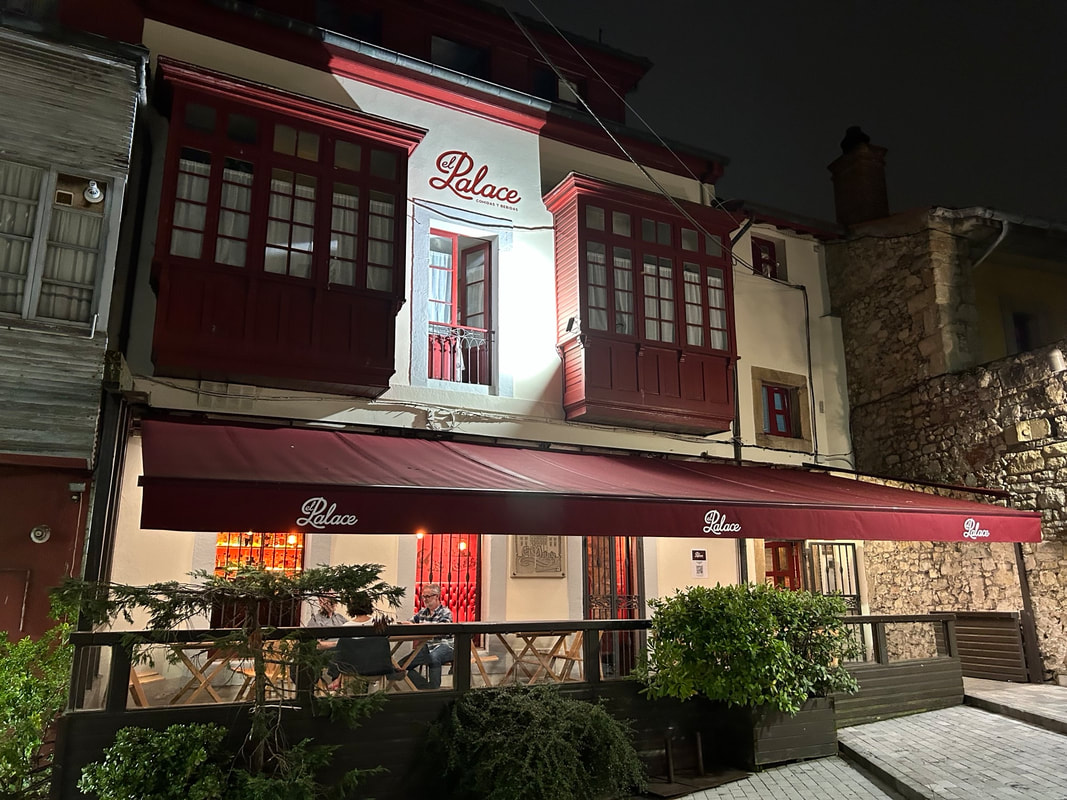
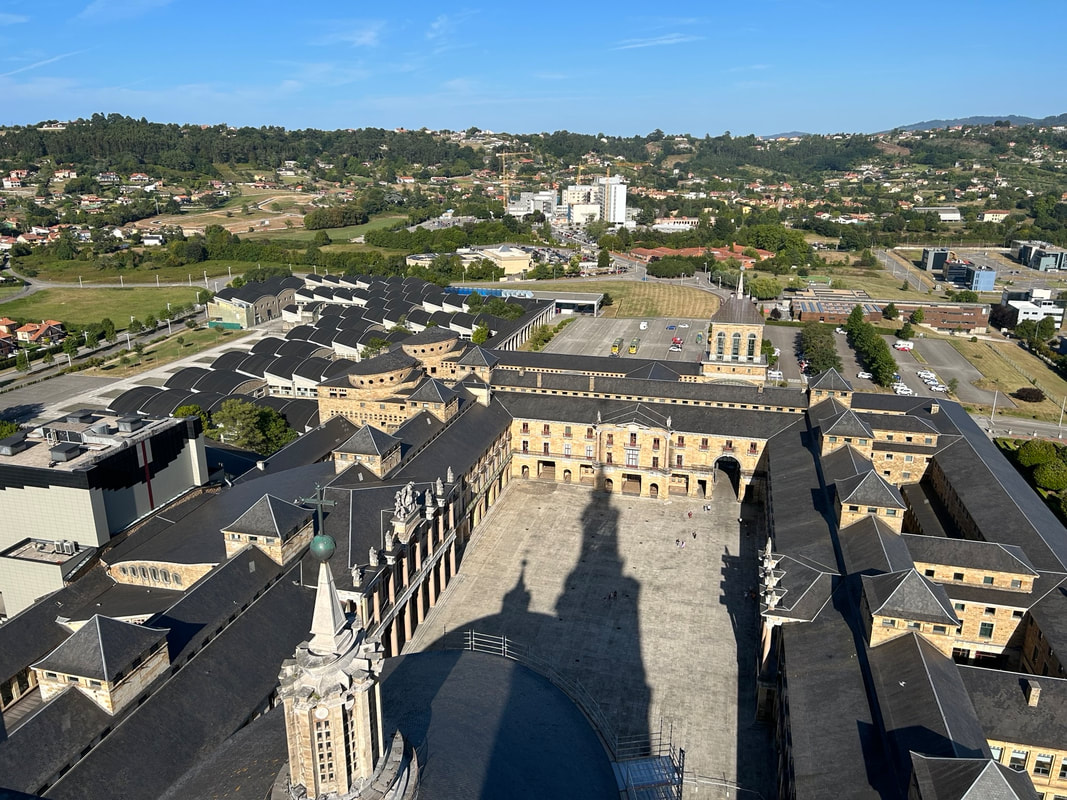

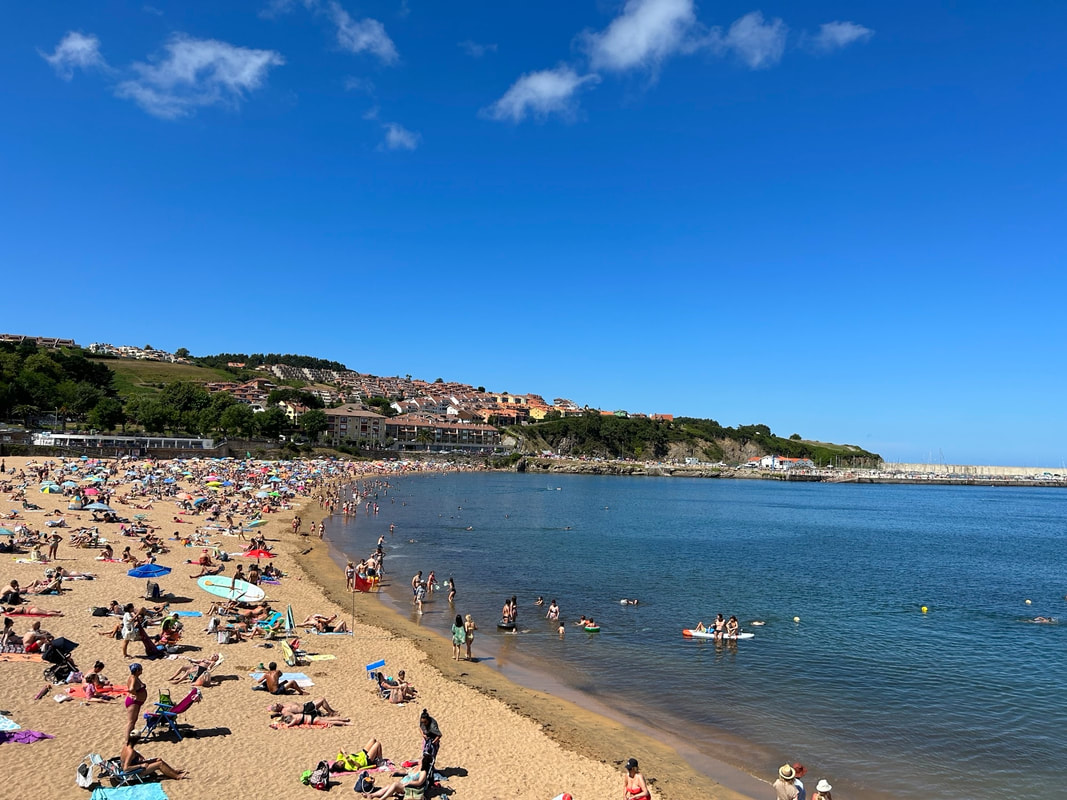
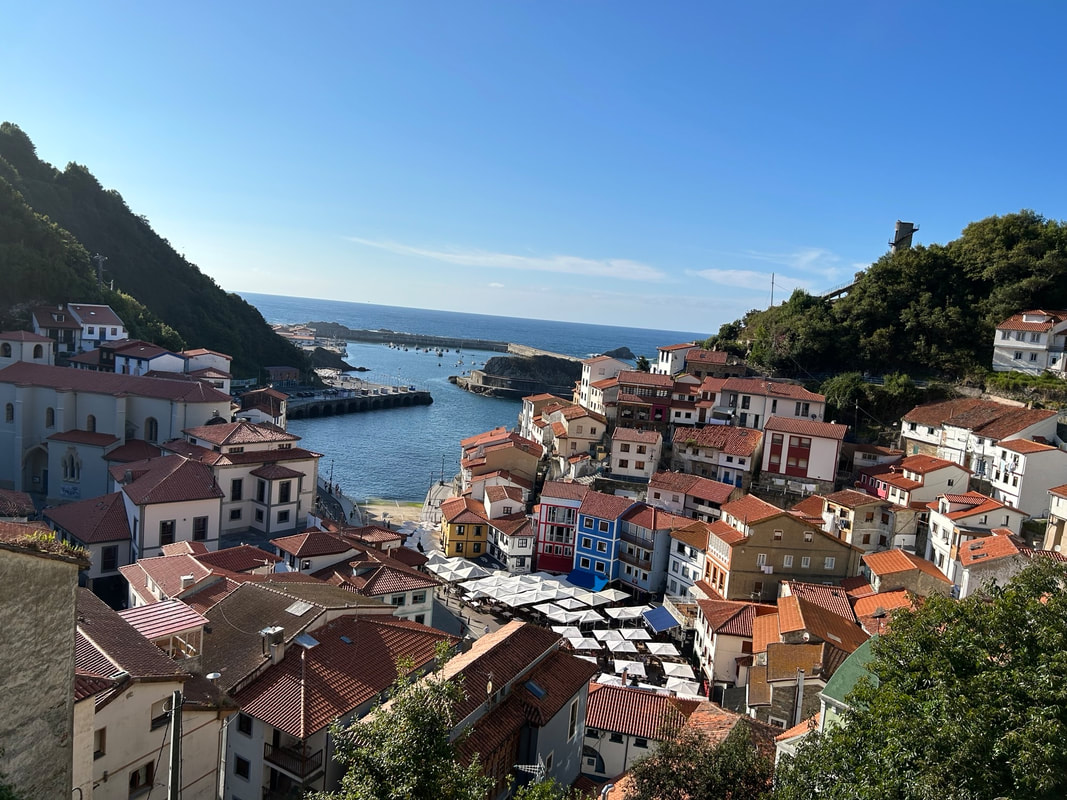
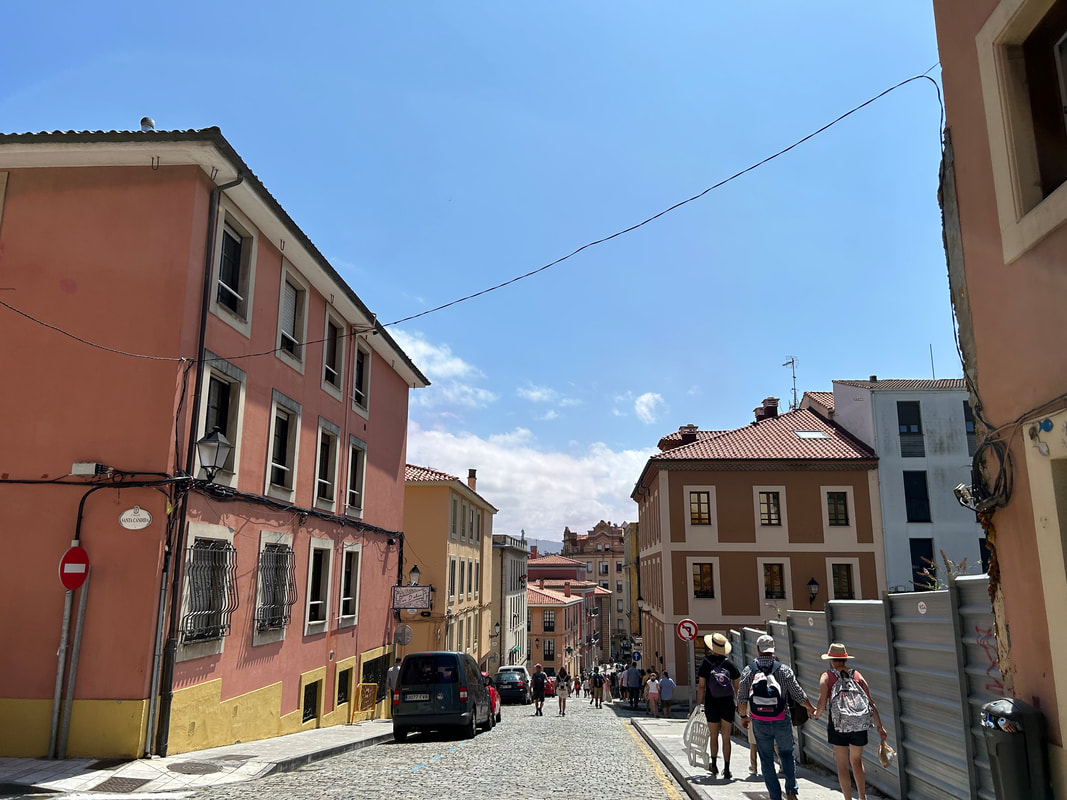

 RSS Feed
RSS Feed